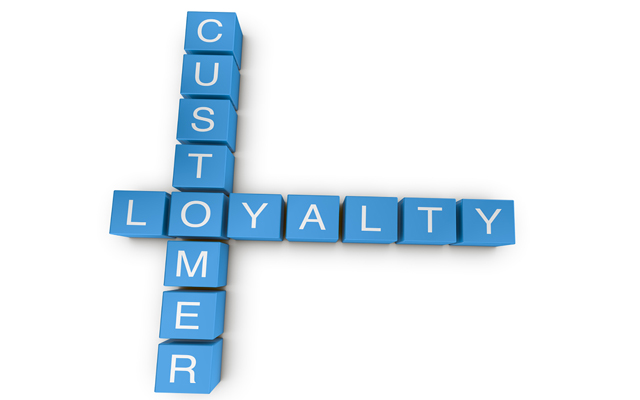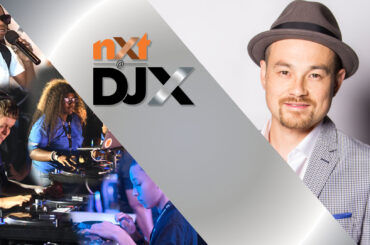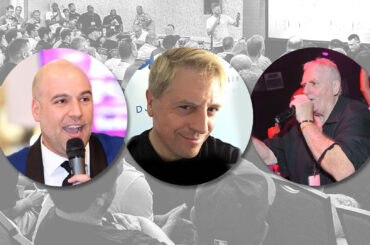Your DJ business is profitable, but maybe you feel like the entrepreneurial spark that originally inspired you to start your own company has dimmed a bit.
How can you tell? It’s been ages since you last reached out to a former client. It’s what happens when businesses grow—the people who interact most with your customers are your DJs and your office staff.
What you’re missing is an opportunity to learn valuable insights that can help drive more business—especially through content and messaging on your website.
Know your audience. For your brand to truly resonate with your target audience, you need to understand them. Take a handful of your customers and call them on the phone to begin to understand the role that your DJ service has played in their lives. Or, stage a “customer development day,” and task everybody in your organization to bring in a half dozen customers—serve refreshments and offer a discount for a future party as an incentive—and schedule time for everyone in your company to interview those customers. Ask them about what their fears were related to their event—their pain points—and then apply these insights to your content, either on your blog or website messaging.
“We created an infographic highlighting results from a survey on the general sentiment of travelers’ desires for more choice and control over their travel experience,” says Mary Beth Parks, senior vice president, Global Marketing at Hilton Worldwide. “That included pain points they experience with traditional room assignments as well as their desire to choose their own rooms. We shared the infographic in a press release, on our website and in our social media posts. We made this one piece of content work hard—driving a broad reach across platforms.”
How can this translate to your DJ business? Through your “customer development day” you’ve found the three biggest pain points for a bride: wedding-party names pronounced incorrectly; a missing DJ at the first dance; and a request for overtime that can’t be fulfilled. Hire a graphic designer to make an infographic related to these pain points, with a link back to your site, and then share it on your social channels. If you’ve got a fair amount of catering facilities and venues in your Facebook or Pinterest feed, they’ll be likely to share it with their followers—some of whom will be shopping for a DJ.
Craft a content strategy that supports your business goals. People will engage with your DJ brand in different ways at different times, so mirror your content to each phase of the buying process.
“At Hilton, we strive to serve guests along each step of their travel journey,” says Parks. “We shape our content that resonates with them when they’re dreaming about and planning their travel, when they book and are on-property with us, and, finally, when they seek to share their experiences upon returning home.”
By creating content that has true meaning to your prospects, you’ll provide value and drive loyalty. Think about each phase of the buyer’s journey, presumably a bride, for a wedding: at first, she’s doing research, so this is an opportunity to discuss broad topics related to weddings, such as news, or the infographic described above that discusses common pain points. After that, she’s in the consideration phase, comparing your service to the three or four others she’s considering. This is an opportunity to provide blog posts that describe the factors that differentiate your company from the competition—a good place for a testimonial from a client who had the single greatest day of their life because of you and your DJ company.
Format your content in bite-size pieces. We know audiences don’t really like to read long pieces of text, and we also know they won’t watch a video for more than one minute. Keep your audience engaged with content that’s short and succinct. Break up pieces of text with graphics and visuals. Also, be sure your content can be easily viewed and digested from a desktop or a mobile phone.
“Our HiltonWeekends.com website, for instance, is easy to navigate from a variety of digital devices,” says Parks. “It delivers text about specific weekend destinations, weekend offers and the content needed to entice visitors to plan their next getaway.”
And your website should, too. Make sure it’s optimized for multiple devices—ask your developer to make sure it’s designed responsively, as more brides are doing their research on smart phones and tablets. If you don’t, you might be giving away a lot of ground to an inferior DJ who simply has more digital chops than you.
Use #hashtags. Hashtags are a way for brides to follow conversations on social media channels. Take advantage of them. “This year, we’ve been using image-rich content and our hashtag #BeAWeekender to drive our followers to HiltonWeekends.com,” says Parks. “Within nine months, our Be A Weekender campaign drove growth within our social media communities with more 176,700 new followers, and resulted in 267,250 page views to our website. By providing interesting and valuable content on the channels consumers use the most, your brand can better connect with your target audiences by attracting their attention to the pages that will have the greatest ROI for your business.”
Does your DJ business have the mojo and heft of Hilton Worldwide? No. But that doesn’t mean that you can’t work with a partner venue or facility on a dual hashtag promotion. Are they having a venue anniversary? Are they celebrating their best year ever? Find out what these “Tent Poles” are and offer to do a social media “hashtag slam” on Pinterest, Twitter or Instagram with the venue. Corral other vendors who have a social media imprint to participate. Create a blog post or infographic and link back to the venue’s site as well as your own. The idea is to create value for everybody.
These are just some of the ways that audience insights can help drive revenue. Get started tomorrow!







